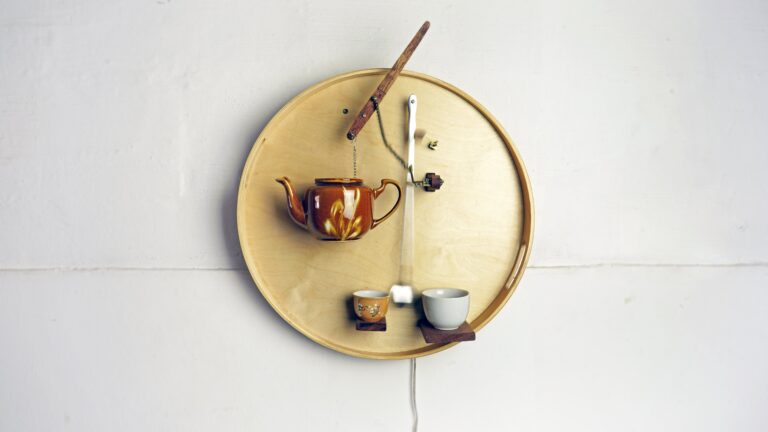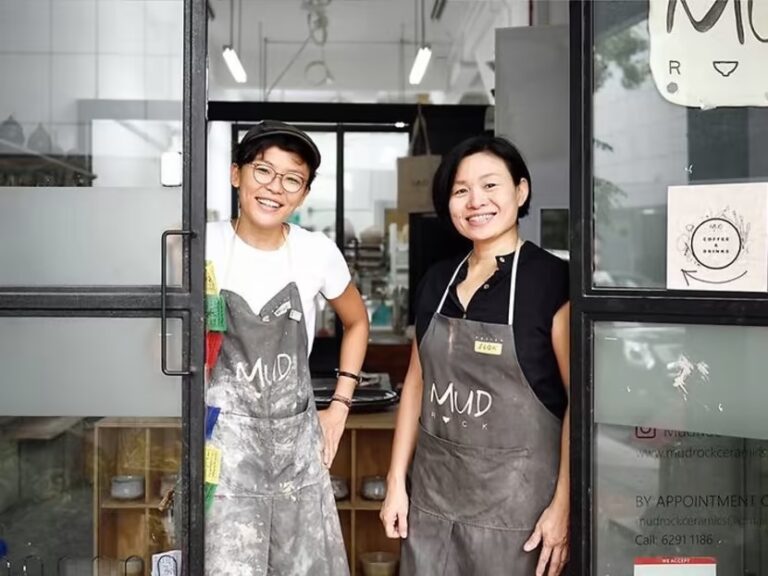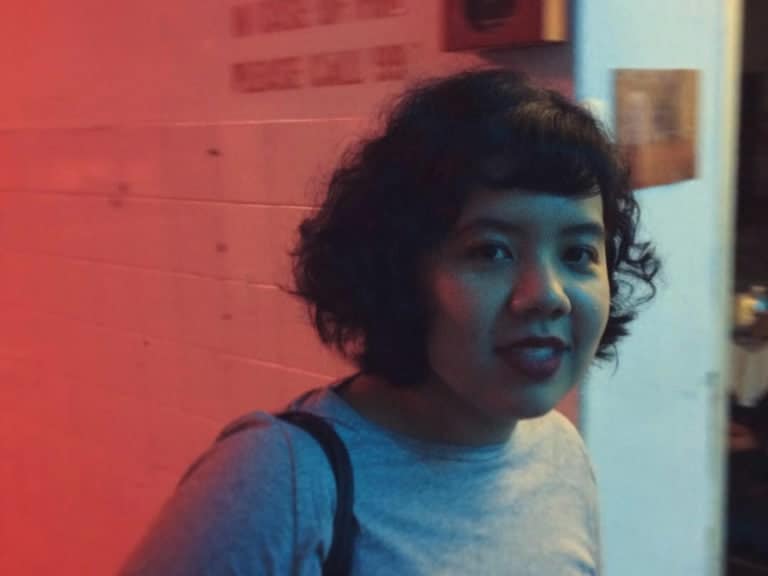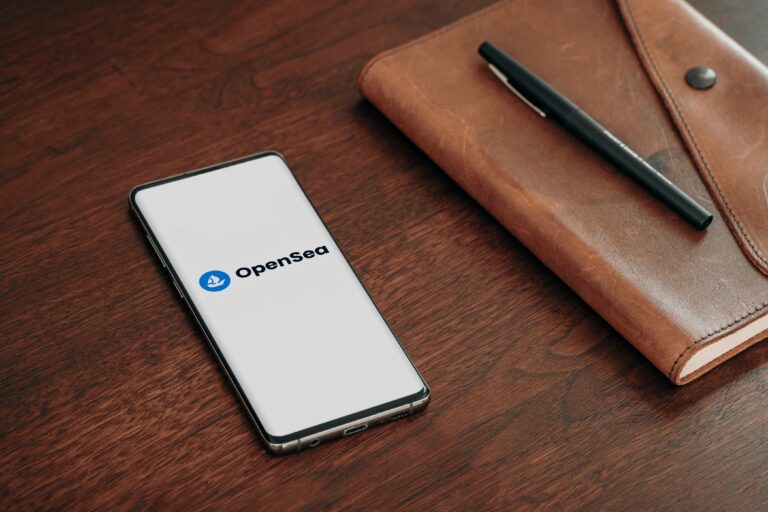It seems that Patrick Flores cannot help but be philosophical.
Perhaps it is his experience as a noted professor of Art Studies at the University of the Philippines and his insight as curator of the Vargas Museum in Manila that enables him to see “bigger pictures?” In his newest role as Artistic Director of the Singapore Biennale 2019, Dr Flores reveals that this year’s theme, Every Step in the Right Direction, looks at the human condition and the catalytic role of hope in bringing about change.
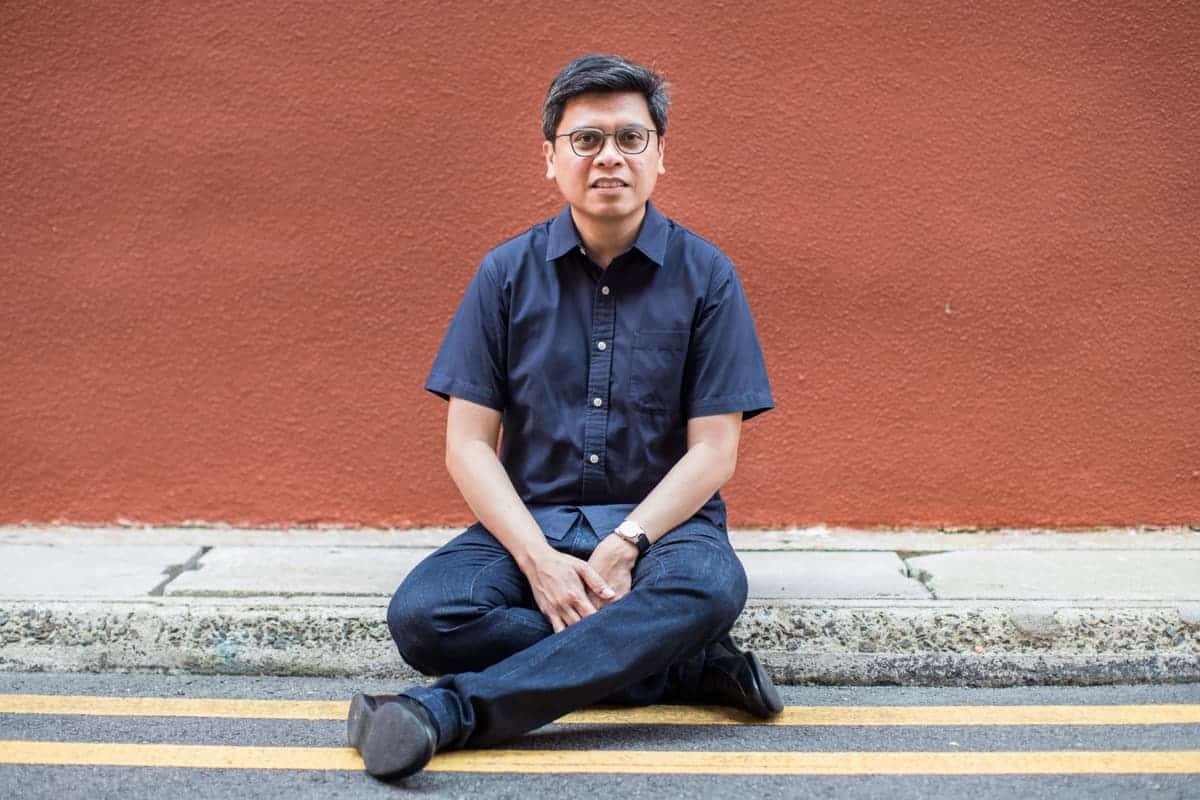
Claiming to place his “faith squarely in the potential of art (and its understanding) to rework the world,” Dr Flores offers the lofty ideal that “every effort to change the world for the better, matters.”
He sat down with me for a candid discussion about the challenges of his new role, on what it’s like working with younger curators, and what he hopes audiences will take away from the sixth edition of the Singapore Biennale which opens in November 2019.
You have curated many exhibitions. Is this the most challenging one to date?
Every curatorial situation has its own demands and requirements. The role of the Artistic Director is new to me: you oversee a wider context and you talk to more people, (for example, in) logistics, administration, marketing and communications. Curators deal with artists and how artists will present their work, and the discourse around it. I have to deal with those, plus a bit of the public side because a Biennale has to be accessible and sometimes curators don’t see the bigger picture of access. So, it’s also a question of balance: how to balance curatorial desire with logistical realities.
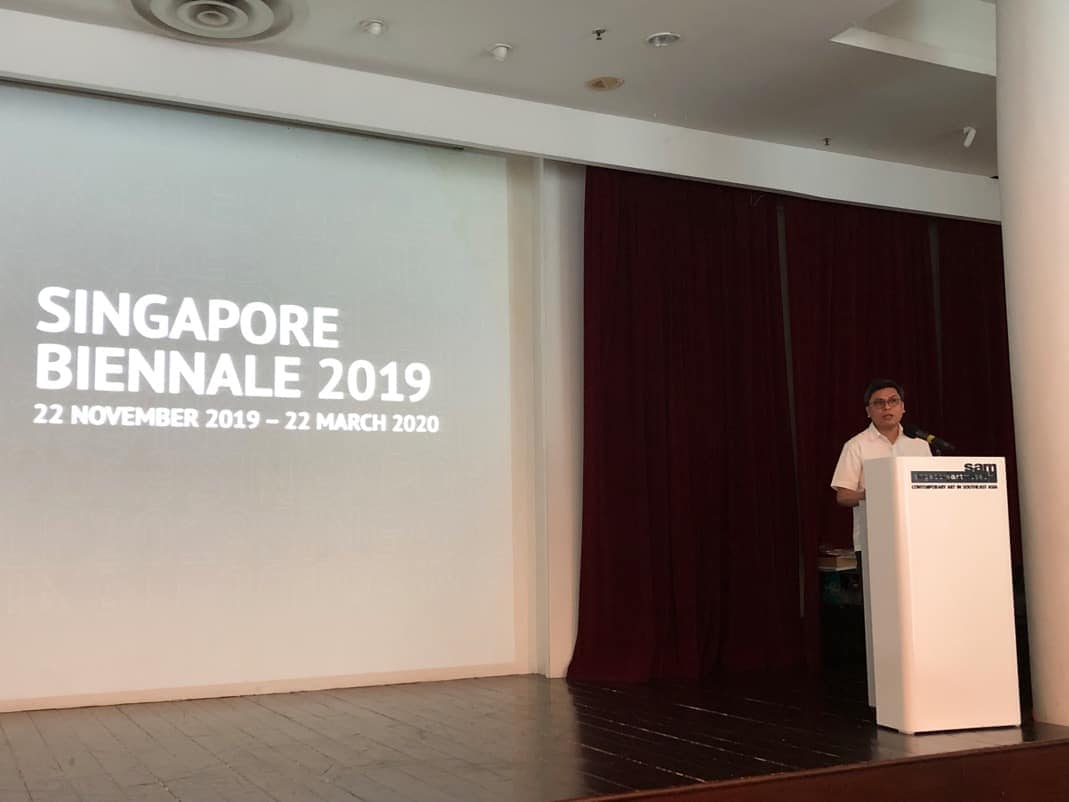
You proposed a festival/seminar format for the Biennale. How do you envision this to work?
Part of the general framework is to broaden the context of the Biennale beyond the art world, so contemporary art has to speak to a wider range of publics and disciplines. That’s why we are constantly selecting artists who have very broad sympathies, they’re not only painters doing visual art but they’re also engaged with architecture, performance, even dance or design. In that way, we can connect with a larger context without forcing it, because the practice of the artist already speaks to an expanded field.
That’s one way to break the mould of the art world which at some point becomes an echo chamber of agents within the same field. And that will also provide access to a ‘festival’ atmosphere because the variety of disciplines will give us that energy. The ‘seminar’ (part) comes with the discursive nature of many of the selected artworks, in that they propose ideas. I want that fine balance between a festival that doesn’t really intimidate but welcomes, invites, intrigues; and also a seminar that reflects, takes a pause and discusses. I think (the two concepts) are not in contradiction. That’s the desire and I hope we can achieve that. For me, it will be an achievement as a model for curatorial work.
How important was it to work with a younger generation of curators? What were your deliberations like?
I want to learn new things from a different generation because contemporary art changes quickly from moment to moment, and I think the current generation of curators are more in touch with that. They also bring to the picture a different imagination of the world. I want to tap that energy. They are not curators who are only trendy or looking at new things for the sake of finding new things. They are acutely aware of context; they situate what is new in relation to what has happened before. They interact quite strongly with disciplines beyond the art world and with communities as well.
I learn much from them. The exchange is quite lively. We invest a lot in the process too, because I think the process is just as important as the product. Although I set certain parameters, and they work within them, there’s (still) a push and pull.
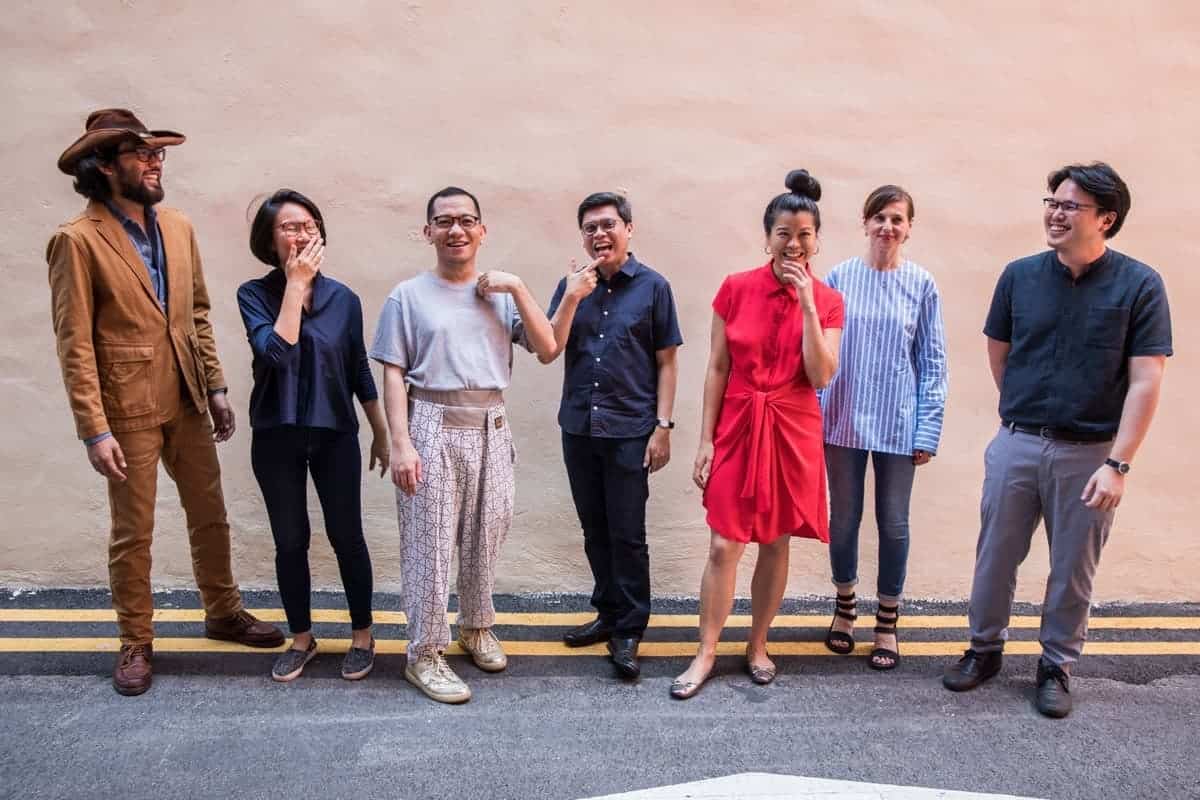
How are the curators dividing up their engagement with the Biennale’s artists? Will artists be assigned from a geographical point of view or according to artistic medium?
It’s a mix of all these things. There was freedom for them to work with artists who interested them. I asked them what their interests were and the geographical areas that best articulated those interests and of course, (I also asked them about their own) expertise. It’s important to have an intimate relationship with material. I’ll give you an example. We are re-defining Southeast Asia as a geography, linking it up with other places, but not just for the sake of expanding (the term). The links have to make sense and have roots historically, or in the present. Links with Taiwan and Australia might come from the out-of-Taiwan migration that went all the way to Madagascar. So that’s one example of how we think about geography; it’s not just an established cluster of countries that have been produced by geopolitical groupings like ASEAN. We try to move beyond geopolitical organisations and try to look for more fluid, more interconnected contexts.
The process of commissioning artists for the Biennale can be very complex. Do you enjoy this process?
Yes, I enjoy it because it’s not separate from the artistic part. When you talk about commissioning there are limits, of course, because of material constraints. It also is an exercise for the artist to think about the work. Exhibitions are site-specific so if (for example), an artist (produced a work for) Berlin, which maybe had more resources and a different context, the presentation should speak to that context. But when the work comes to Singapore, it has to change because the exhibition conditions change too. If a contemporary artist is sensitive enough, then he or she will realize that the change is necessary. One doesn’t expect the material conditions in Berlin to be present in Singapore or Jakarta, nor will one get the same audience. By moving to a different location, you open up the work. It gives the artists a different public. If one is continuously fretting about logistics, one loses the big picture, which is the wider audience for the work.
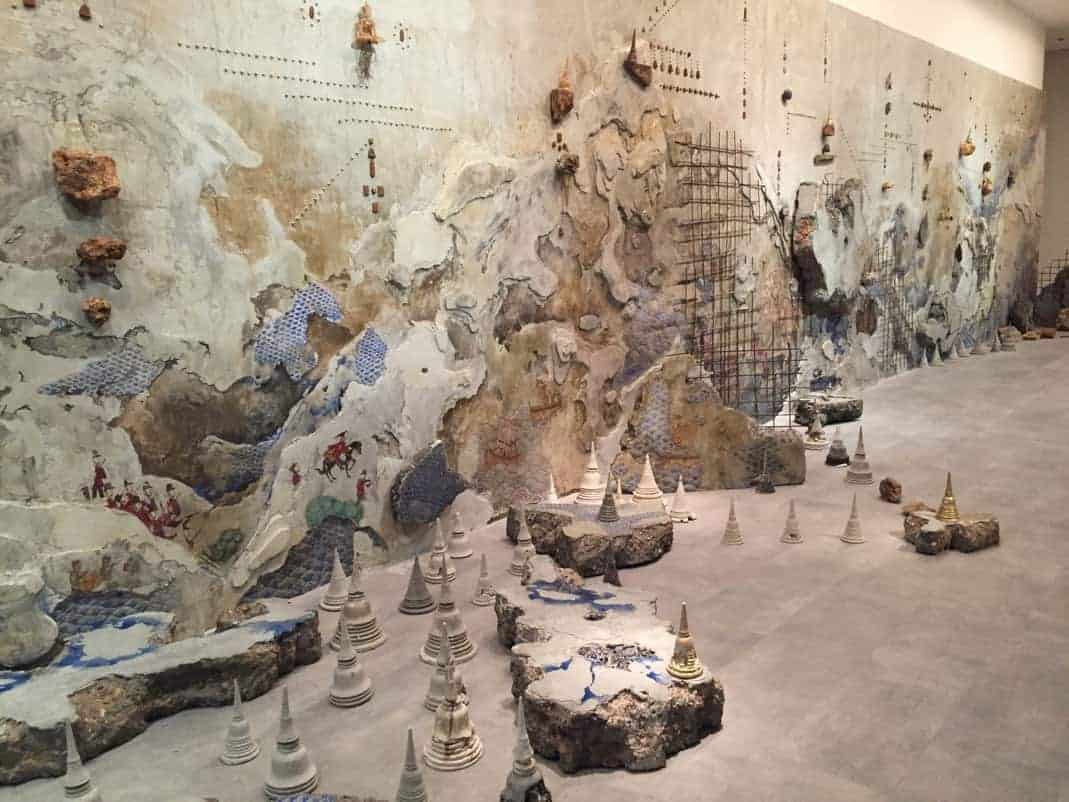
The theme, Every Step in the Right Direction, is timely, with many curators in the region looking at artistic movements that have tied art with socio-political issues from the 1970s to the 1990s. For this particular Biennale, do you expect a lot of socio-political work to emerge?
We don’t want to hijack the process by deliberately saying that artists have to produce political work. We’re looking for artists who are sensitive to the world in general. So, if the artist is responsive enough, he or she will produce something potentially political or would implicate an aspect of the political. It could be direct, or it could be very subtle. We are interested in the various calibrations of (artists’) responses to the world. One may want to call it political, and that’s ok. But one doesn’t have to reduce it to the political. That kind of methodology will also lead the audience, the curator, and the artist to think about what it means to be political today and about what a political work is.
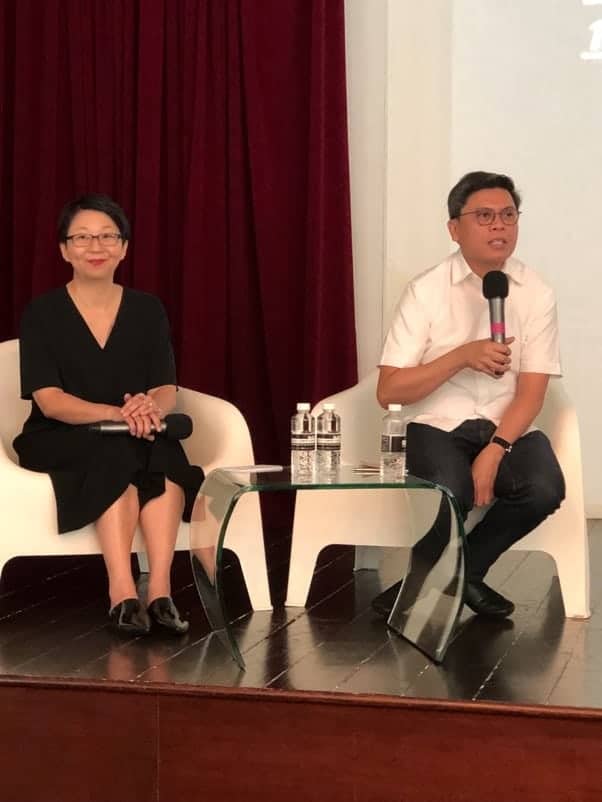
What do you hope audiences who may not be familiar with visual art or contemporary art will take away from this Biennale?
Because we are working with a wider context of disciplines, we are offering a variety of entry points into the Biennale and these can lead the audience to different takeaways but, at the same time, expand the inclination that they might be drawn to a form that is unfamiliar to them. They might be drawn to the Biennale because of a certain familiarity with a form, so we build on the familiarity, and at the same time, we broaden (their perspectives).
The selection of the theme seems to imply that you have a romantic side, in the sense that you believe in the transformative power of art. In what way do you think art and artists can change or make the world right?
One way to do it is to make good work. There is no hard-line distinction between what is ethical and what is aesthetic. The creative act is an ethical act. One way to change the world is to do good work that invites people to think about how forms are made. There is an intricate relationship between the form of the world and the transformative potential of art. I think we have to put our faith squarely into that possibility. It may not happen, but just to think of the possibility is already an ethical gesture that anticipates. The anticipation is necessary for any transformation (to take place). In the press release for the Biennale, there was a mention of ‘hope being a medium.’ Here we see the artistic language of the ‘medium’ being attached to this aspirational sentiment of hope.
___________________________________
The Singapore Biennale kicks off in November 2019, but this weekend, the Singapore Art Museum building closes down with a bang – check out its MAD for SAM festivities taking place this weekend, and join in if you can!
This interview has been edited and condensed for clarity.






